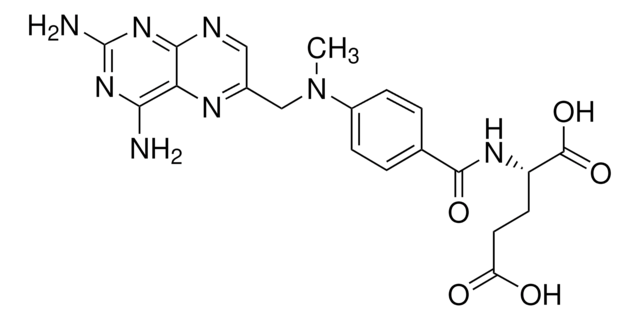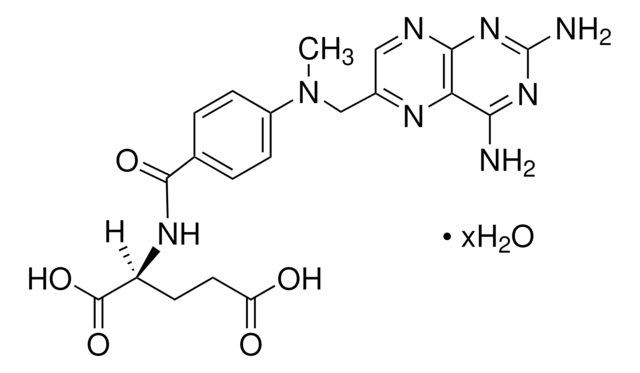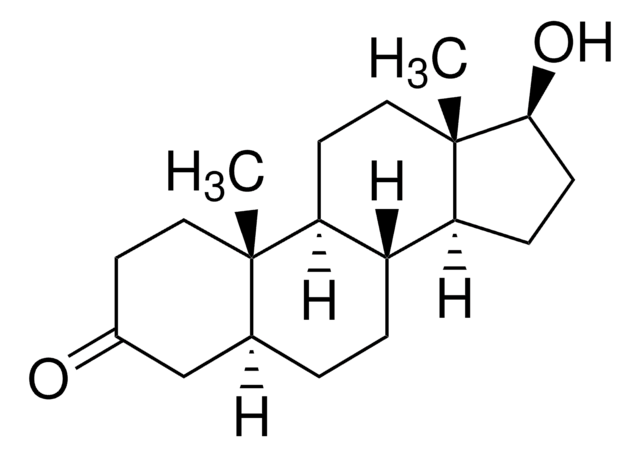Recommended Products
biological source
plant
Quality Level
form
saline suspension
extent of labeling
2-7 mg per mL
technique(s)
affinity chromatography: suitable
matrix
cross-linked 4% beaded agarose
matrix activation
cyanogen bromide
matrix attachment
carboxyl
matrix spacer
8 atoms
suitability
suitable for chromatography
storage temp.
2-8°C
Related Categories
Application
Physical form
Storage Class Code
10 - Combustible liquids
WGK
WGK 3
Flash Point(F)
Not applicable
Flash Point(C)
Not applicable
Personal Protective Equipment
Choose from one of the most recent versions:
Certificates of Analysis (COA)
Don't see the Right Version?
If you require a particular version, you can look up a specific certificate by the Lot or Batch number.
Already Own This Product?
Find documentation for the products that you have recently purchased in the Document Library.
Articles
Biofiles reviews innovative technologies for cancer research, reflecting the complexity of the disease.
Cancer research innovations address the complexity of the disease, providing advanced technologies for varied applications.
Our team of scientists has experience in all areas of research including Life Science, Material Science, Chemical Synthesis, Chromatography, Analytical and many others.
Contact Technical Service




